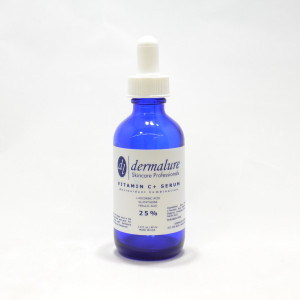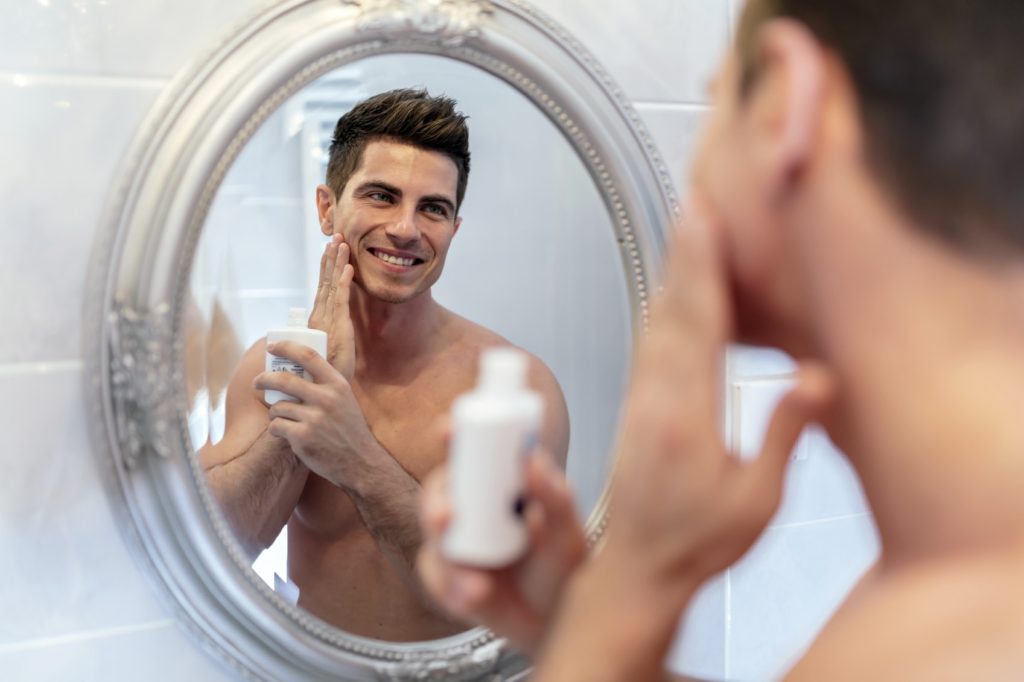The Science Behind Acquiring Your Youthful Look
You’ve got acne, blackheads, oily skin, scars from acne, sun or age spots, discoloration or a multitude of other skin ailments that just don’t make you look your best. Both men and women of all ages who face such beauty challenges have turned to chemical peels to eliminate these unsightly nuisances and enhance their features. Chemical peels are common treatments at any dermatologist office, skincare boutique, or beauty spa. Now you can even purchase and apply your own chemical peels at home.
Although the word “chemical” might sound scary, nothing is actually “peeled off.” The process involves washing your face, neck and/or hands with a chemical solution that causes it to dissolve the upper layers of skin, leaving a new layer of skin below. This new layer is brighter, softer, smoother, and less wrinkled that the old skin. A chemical solution is applied to the skin and works by dissolving the upper layers of the skin.
But what, exactly do these chemicals do and how do they work? The truth is there are dozens of different types of chemical peels, all containing different ingredients or varieties of ingredients. And, they can be applied in dozens of different strengths, giving each individual a chance to use just the write concentration of just the right chemicals for their certain situation.
Types of Chemical Peels
Generally, there are three types of chemical peels available today:
- Superficial or Light Peel
These mild acid peels are the most gentle and only penetrate and remove the top layer of your skin, called the epidermis. These chemical peels can give your skin an instantly brighter look and improve the appearance of rough skin and mild discolorations. They are also used to moisturize and to diminish the appearance of fine lines and wrinkles or scarring from acne. The acids used are usually of the alpha hydroxy (AHA) or beta hydroxy (BHA) types and they can often include natural enzymes from fruits. Superficial peels can boost your skin’s nutrients to produce abundant and healthy new cells. These types of peels are usually pain-free with only a mild irritation or redness experienced which can be soothed with a moisturizing cream. There is no recovery time. Usually six to ten treatments are recommended for best results.
With a medium peel usually made from TCA (trichloroacetic acid), you’ll find both your outer and middle layers of skin removed to exfoliate all damaged skin cells. These treatments are used to penetrate deeper in order to eliminate sun damage, wrinkles, and discolored skin. After treatment, you may feel a burning sensation for up to an hour after treatment. The medium peels may require some recovery time as your face might be puffy, pink and itchy for a few days up to a week after the treatment.
Deep peels are the strongest types of chemical peel and can achieve the most noticeable results. A stronger concentration of TCA or phenol is used that deeply penetrates the middle layer (dermis) of skin to remove damaged skin cells. These peels are able to remove moderate lines, sun damage, scarring, wrinkles, age spots, and freckles. Because of its strength, it can only be used one time on your face. As you might guess, the deep peel involves quite a bit more pain (you may even be sedated) and can it can take months to fully recover. Your entire face will be swollen for a few days and then scan, leaving itching, peeling skin. There is a danger in getting patches of bleached-looking skin and scarring. This type of peel should only be performed by an experienced dermatologist or plastic surgeon.
How A Chemical Peel Works
Before you decide on a chemical peel, contact a skin care expert about what results you are looking for and which type and strength of peel would be best to achieve those results. In general, the process of a chemical peel treatment, whether at home or in an office is:
- Cleansing. Your skin will be thoroughly cleansed before your chemical peel treatment. For deep peels, a local anesthetic is usually used to numb your face. You may be sedated and will likely be put on a heart monitor.
- Application. The selected peeling solution will be applied for a designated amount of time. You should only feel either nothing or a small tingling with a light peel and perhaps a bit more discomfort with a medium peel. Sometimes a fan is used to cool your face.
- Removal. After the appropriate amount of time, the peel will be neutralized and removed. For light peels, this process can take as little as 10 minutes. For heavy peels, the peel is applied to your face one side at a time for about 30 minutes.
Chemical peels can seem confusing, but they all really work in the same manner. The different ingredients, types of acids, and additives used in each types of chemical peel combine to remedy problems a host of skin care challenges. The popularity of the treatment is growing as men and women fight to look their youthful best. For more information on the chemical peel types and treatments, check out Dermalure’s line of skin care products.





